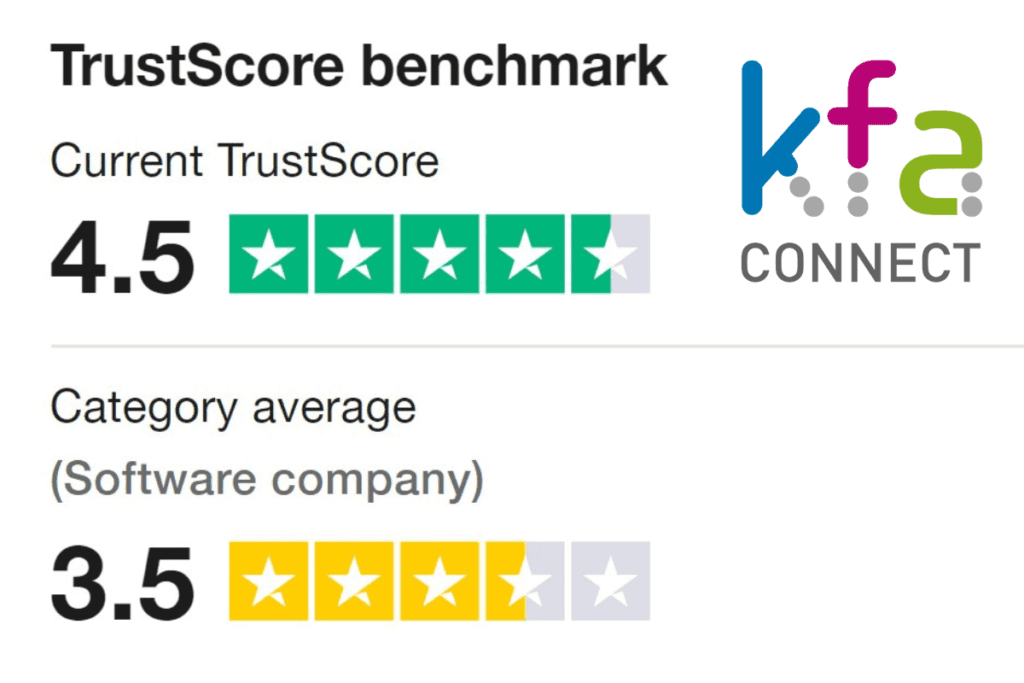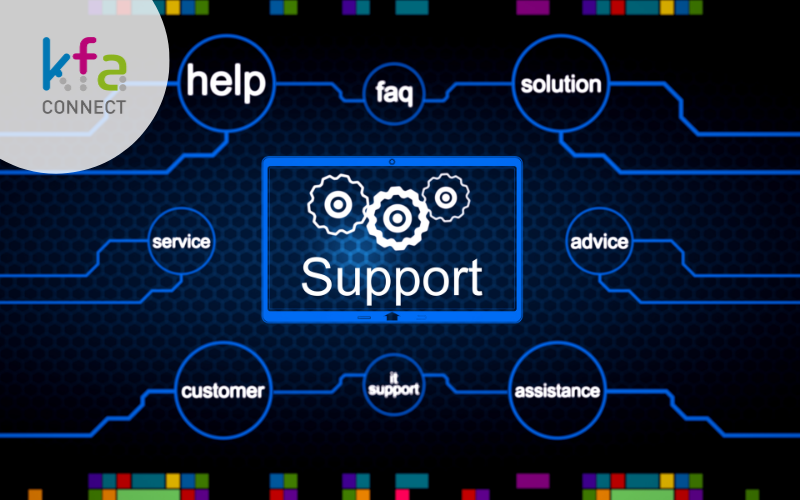Delivering Excellence in Customer Satisfaction
Delivering Excellence in Customer Satisfaction
Introduction
In today’s fast-paced business landscape, customer satisfaction is the golden standard by which companies are measured. Building strong relationships with customers, delivering exceptional service, and consistently exceeding their expectations are the keys to success.
The Foundation of Success
KFA Connect was founded on the principle of putting the customer first. For over 35 years, the company has committed itself to providing innovative technology solutions that not only meet the needs of our customers but also empower them to thrive in their respective industries. This customer-centric approach has been the foundation of KFA Connect’s success and its ongoing commitment to achieving excellent customer satisfaction.
Understanding Customers’ Needs
One of the cornerstones of KFA Connect’s exceptional customer satisfaction is the dedication to understanding and addressing the unique needs of each customer. Rather than offering one-size-fits-all solutions, KFA Connect takes the time to delve deep into the specific challenges and goals of our customers.
This in-depth understanding allows us to create customised solutions that are tailored to meet and exceed expectations.

Expertise & Innovation
KFA Connect’s team of experts is a driving force behind its exceptional customer satisfaction. The company boasts a talented and experienced workforce with a diverse range of skills and expertise in numerous technology platforms. From software development to integration, KFA Connect’s professionals are at the forefront of innovation, consistently delivering cutting-edge solutions.
Not content with resting on its laurels, the company continually invests in research and development to stay ahead of industry trends and emerging technologies. This commitment to innovation ensures that customers receive the most advanced and relevant solutions, helping them to stay competitive in their markets.
Delivering Results
KFA Connect understands that delivering results is the ultimate measure of customer satisfaction. Over the years, the company has amassed an impressive portfolio of successful IT projects across various industries.
Whether it’s streamlining processes, improving operational efficiency, or enhancing customer experiences, KFA Connect consistently delivers tangible and measurable results that make a difference for its customers.
Responsive Customer Support
Another crucial aspect of KFA Connect’s excellent customer satisfaction is its commitment to providing responsive and reliable customer support.
We understand that technology issues can arise at any time, and when they do, customers need quick and effective solutions. KFA Connect’s dedicated support team is available 24/7 for customers who require that level of support, ensuring that they receive the assistance they need, when they need it.
Communication
At KFA, we welcome the opportunity to receive calls from our customers, should they prefer more personal interaction over digital communication. These calls enable us to build strong relationships, listen attentively to their needs, and provide personalised solutions with a human touch.
Our commitment to exceptional customer service is personified through these conversations, ensuring that every customer feels heard, understood, and truly valued.
So, feel free to pick up the phone and give us a call; we’re ready to react to your requirements.
Customer Testimonials
The true testament to KFA Connect’s commitment to customer satisfaction is the glowing testimonials from our customers. Over the years, KFA’s customers have expressed their appreciation for the company’s professionalism, expertise, and unwavering dedication to their success.
These testimonials highlight the deep trust that KFA Connect has built with its customers, making it a go-to partner for technology solutions.
Trustpilot
KFA sit consistently higher than other software companies on Trustpilot giving you the confidence that we mean business.
Take a look at our 5* reviews on Trustpilot here:
In the competitive world of technology solutions, KFA Connect has distinguished itself as a company that consistently delivers excellent customer satisfaction. Our customer-centric approach, deep understanding of customer needs, expertise, innovation, and unwavering commitment to results have made us a trusted partner for businesses across industries.
With a track record of success and a portfolio of satisfied customers, KFA Connect exemplifies what it means to prioritise and exceed customer expectations in today’s business world.


























